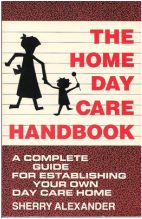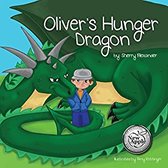These are all questions, I have asked. Since I am going through Halo International to publish my PB, my experience is a bit different than if I did this all on my own. But the process is relatively the same.
Where to start? I started long before Halo by reviewing the artwork in picture books--hundreds of them, in fact. When I found an illustrator whose style seemed to fit my book, I wrote his/her name down. By the time I completed my review, I had 22 names of artists whose illustrations made me smile. This is something you could do with any genre, and it something I plan to do on my next self-published book.
Halo sent me samples of 8 illustrators. I was pleased to discover that three from my personal list were among them.
My next step is the same for any book. I went to each of the artists' websites. I reviewed their work, checked out each book they listed as a sample of their work, and searched the internet for additional samples. That narrowed my list to two illustrators.
Both of the two artists I selected had written and illustrated their own books, so my final step was to not only read their book, but determine how their illustrations enhanced their texts. That did it for me. Amy Rottinger whimsical and detailed artwork was a perfect fit for my Oliver's Hunger Dragon.
If you are not going through a company like Halo, and are trying to choose your own illustrator, many of the things I learned are still valuable.
- Set a budget.
- Look at books in your genre, and make a list of the illustrators or artists you think are a good match.
- Check out their websites. Review the work they list, and see if the covers or illustrations really encourage you to read what is inside the book.
- Ask for samples for your genre. This is especially important if there are numerous illustrations.
- Make sure you are able to communicate. Amy and I talked on the phone and through email. She was in constant communication with me, and listened to my suggestions and ideas. She also told me when additions to certain illustrations required more work, and therefore, for money.
As an added note, all I can say is choose wisely. make sure the illustrator you deal with is a professional, and that you have thoroughly reviewed his/her work. This is your book, after all. And, it needs to not only satisfy you, but attract readers.
 RSS Feed
RSS Feed



